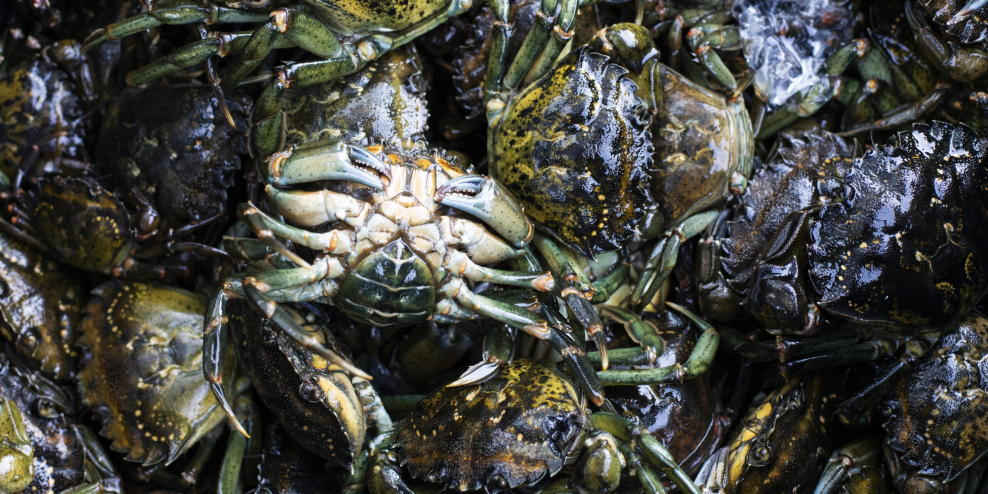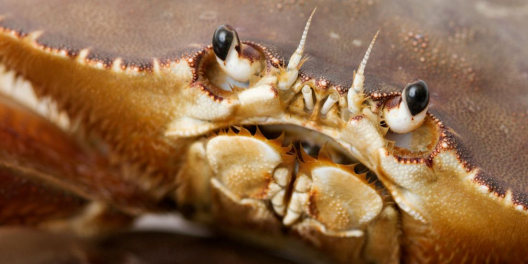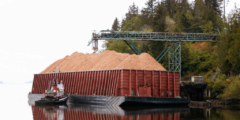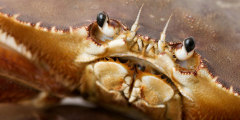People love crab.
They’re a delicacy, and many look forward to eating them on special occasions. So, why are we killing and throwing so many edible crabs away?
Teams are currently working to catch and kill European Green Crabs, a prolific invasive species, then throwing them away because of a Department of Fisheries and Oceans (DFO) order.
These crabs are wreaking havoc on the coast and displacing native crab species, but many people don’t realize they’re actually edible and tasty. We’re just choosing not to use them.
Coastal Restoration Society, a local non-profit organization, has been working with Ahousaht, Tla-o-qui-aht, and T’Sou-ke First Nations to kill European Green Crabs to combat the negative impacts they’re causing on local ecosystems.
In the first few weeks of trapping, workers pulled 8,000 to 10,000 green crabs a day from the Cypre River estuary in Ahousaht territory.
But instead of funnelling the perfectly good meat onto people’s tables, the Department of Fisheries and Oceans is forcing them to throw the dead crabs in a landfill to rot.
Food prices have been insanely inflated in the last few years, and many British Columbians are struggling to get enough to eat, so this feels like a total waste of an excellent protein source.
The DFO is hesitant to okay the commercial food use of the crabs because, without proper removal training, potential businesses may purposely or accidentally encourage their spread and defeat the point of removal efforts.
But they still need to be transported, whether headed to a farm, restaurant, or landfill.
A clear solution would be to only issue licenses to organizations like the Coastal Restoration Society and similar projects where employees have the training to prevent spread.
The lack of initiative to get this abundant food source out of oceans and onto people’s plates bewilders Tyee Hawiih Hasheukumiss from Ahousaht First Nation.
Hasheukumiss has been working on the project, and, one day decided it was time to do a taste test.
“We did an experiment, and my mother made up a batch,” he told the Narwahl. “We kind of looked at each other and we’re like: ‘This is very tasty.’ Why are we wasting this?
“It seems such a shame. Even if it’s invasive, it’s edible.”
It seems like there’s a solution here that could clean our oceans and fill our plates.









